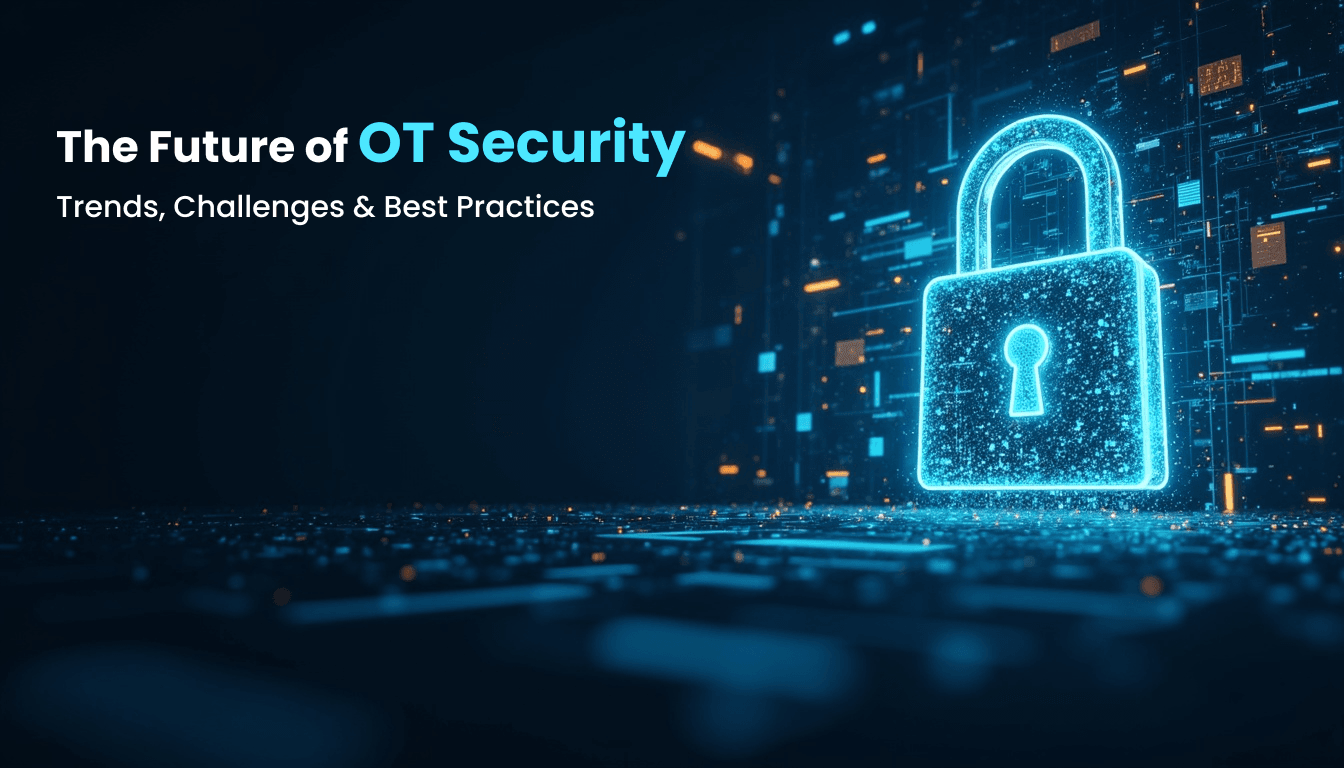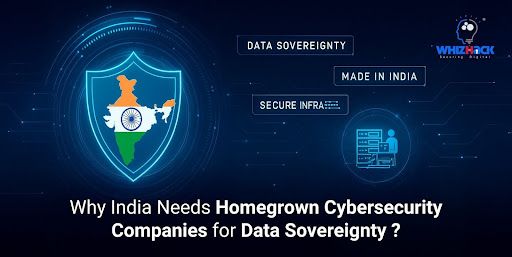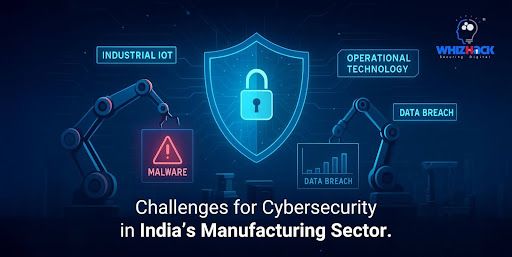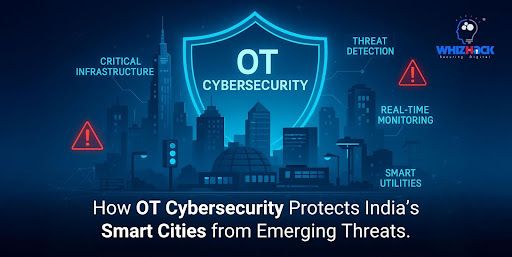Operational Technology (OT) security is no longer an afterthought it is a business-critical necessity. As industries become more reliant on automation, interconnected systems, and real-time data exchange, OT environments are becoming a prime target for cybercriminals. This blog post discusses the multiple advantages of using an integrated cybersecurity solution, as well as its effectiveness in combating changing cyber threats.
The risks are not just digital they can have real-world consequences like factory shutdowns, power outages, or compromised safety systems.
Did you know?
- The global OT security market is projected to grow from $11.1 billion in 2020 to nearly $25 billion by 2025.
- 75% of OT systems will be connected to the internet by 2025, increasing their exposure to cyber threats.
- Over 90% of organizations using OT systems have experienced a security breach in the past two years.
In this article, we will explore:
The evolving landscape of OT security Top challenges in protecting OT systems Emerging trends shaping the future of OT security Best practices for strengthening OT defenses
The Evolving Landscape of OT Security
Traditionally, OT environments operated in isolated networks (air-gapped systems) to prevent cyber risks. However, the rise of Industry 4.0, the Industrial Internet of Things (IIoT), and cloud integration has connected OT systems to IT networks, creating new vulnerabilities.
Key Drivers of Change:
✅ IT-OT Convergence: The integration of OT and IT systems improves efficiency but also blurs the line between operational safety and cybersecurity risks.
✅ Increase in Cyber Threats: Ransomware, insider threats, and supply chain attacks are becoming more frequent and sophisticated.
✅ Regulatory Pressures: Governments and industries are enforcing stricter OT security compliance frameworks to safeguard critical infrastructure.
✅ Rise of Remote Access & Cloud Adoption: Industrial systems are becoming more connected, making real-time monitoring essential but also increasing attack vectors.
Top Challenges in OT Security
Despite growing awareness, many organizations still face challenges in securing OT environments.
1. Legacy Systems with Weak Security
- Many OT assets are decades old and were not designed with cybersecurity in mind.
- 70% of OT systems still use outdated technologies, making them easier targets for cyberattacks.
2. Increased Attack Surface
- The rise of remote monitoring and cloud-connected devices means cyber threats can now infiltrate OT networks more easily.
- Cybercriminals exploit vulnerabilities in weakly secured remote access points to gain control of industrial processes.
3. Lack of OT-Specific Security Expertise
- Many IT security teams lack knowledge of OT-specific protocols like Modbus and DNP3.
- OT engineers prioritize uptime and operational stability over security, leading to gaps in protection.
4. Difficulty in Monitoring & Detecting Threats
- Traditional IT security tools cannot effectively detect anomalies in OT networks because OT systems communicate in unique ways.
- 50% of OT security incidents go undetected due to the lack of real-time monitoring solutions.
5. IT-OT Convergence Risks
- Cybercriminals leverage IT vulnerabilities to gain access to OT systems.
- Example: In the Colonial Pipeline attack (2021), hackers infiltrated the IT network first, leading to a complete operational shutdown of fuel distribution.
Emerging Trends in OT Security
To combat these challenges, industries are adopting new strategies and technologies to enhance OT security.
1. Zero Trust Architecture for OT
- "Never trust, always verify." Every device, user, and application must be authenticated and continuously monitored.
- Micro-segmentation is being used to limit lateral movement within OT networks, reducing the risk of widespread attacks.
2. AI-Powered Threat Detection
- Machine learning models analyze OT network behavior to detect and respond to cyber threats in real time.
- AI-driven security solutions reduce false alarms and provide faster incident response times.
3. Strengthened OT Security Regulations
Governments and industries are implementing stricter cybersecurity compliance frameworks, such as:
- NERC CIP (for energy sector security)
- IEC 62443 (global OT security standard)
- TSA Pipeline Security Directives (for transportation and critical infrastructure) and many more
4. Secure Cloud Adoption in OT
- Hybrid cloud solutions enable real-time data analysis while keeping critical operations secure.
- Strong encryption, access control, and endpoint security are essential for cloud-connected OT environments.
5. OT-Specific Endpoint Detection & Response (EDR)
- OT environments are deploying advanced EDR solutions to detect and mitigate threats at the device level.
- Unlike IT-based EDR, OT-specific solutions focus on protecting industrial control systems (ICS) and SCADA environments.
Best Practices for Strengthening OT Security
To protect critical OT environments, organizations must adopt a layered security approach:
1. Implement Network Segmentation
- Separate IT and OT networks to prevent lateral movement of cyber threats.
- Use firewalls and Intrusion Prevention Systems (IPS) to monitor and filter network traffic.
2. Enhance Asset Visibility
- Deploy automated OT asset management tools to track and monitor all connected devices.
- Continuously scan for misconfigurations, outdated software, and unauthorized changes.
3. Strengthen Access Controls
- Implement Multi-Factor Authentication (MFA) for remote access.
- Enforce Role-Based Access Control (RBAC) to limit access to only essential personnel.
4. Deploy Real-Time Threat Detection & Incident Response Systems
- Use Intrusion Detection Systems (IDS) and behavior-based anomaly detection to spot threats before they escalate.
- Implement Security Information and Event Management (SIEM) platforms for advanced threat intelligence.
- Conduct OT Cybersecurity Awareness & Training Programs
- Train OT engineers, IT teams, and security personnel on cyber threats, safe practices, and emergency response.
- Use simulation-based platforms like WhizRange to test and improve response strategies in a safe environment.
Conclusion
OT security is no longer just about protecting industrial networks—it’s about ensuring safety, operational continuity, and national security. With legacy vulnerabilities, increasing cyber threats, and IT-OT convergence, organizations must take proactive measures to protect their infrastructure.
By adopting Zero Trust models, AI-powered threat detection, and real-time monitoring, industries can stay ahead of cyber threats and build resilient OT environments.
Detect with ZeroHack XDR Suite for OT
In addition, to overcome these challenges, we offer the ZeroHack XDR Suite for OT, a complete ‘Made in India’ portfolio for OT delivers unmatched security with these five key components:
- ZeroHack T OT: Uses decoy technology to mimic critical OT assets like PLCs, SCADA systems, and HMIs. It creates a network of virtual decoys to attract attackers away from real systems. With continuous threat intelligence updates, it stays ahead of emerging threats to protect key infrastructure in energy, utilities, and manufacturing.
- ZeroHack-N OT: A Network Intrusion Detection System (NIDS) designed for OT environments. It monitors network traffic in real time, detects threats quickly, and provides actionable alerts to security teams.
- ZeroHack Asset Management OT: Offers full visibility into all connected devices through continuous scanning. It keeps an up-to-date inventory of network assets, helps identify vulnerabilities, and ensures better operational oversight.
- ZeroHack EDR OT: An Endpoint Detection and Response system tailored for OT. It uses machine learning and advanced analytics to spot anomalies and potential threats at the endpoint level, enabling fast threat detection and response while ensuring compliance with industry standards.
Questions:
- What are your biggest OT security challenges?
- Has your organization adopted AI or Zero Trust for OT security?
- Would you consider using simulation-based training for your OT teams?
- Do you realise the strategic need and value of ‘Made in India’ OT security products?
Let’s discuss how to secure the future of OT together! 🚀




